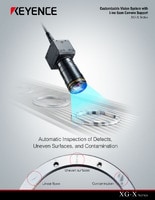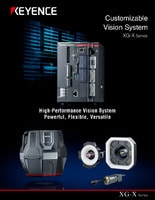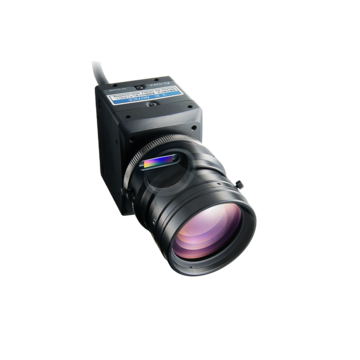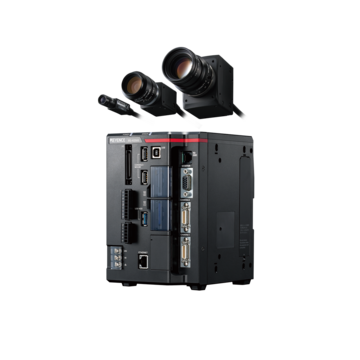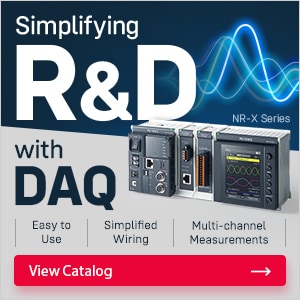Vision Systems
- Vision System with Built-in AI VS series
- Intuitive Vision System CV-X series
- Customizable Vision System XG-X series
- GigE camera and lighting for PC-based machine vision VJ series
- Inline 3D Inspection 3D Vision series
- 3D Vision-Guided Robotics 3D VGR series
- Line Scan Technology Line Scan series
- 2D Vision-Guided Robotics 2D VGR series
- LED Lighting CA-D series
- Lenses (for Machine Vision) CA-L series
- Machine Vision System Database VisionDatabase series
- 2D Measurement Inspection
- Optical Character Reading (OCR) and 1D/2D Code Verification
- Inline 3D Volume and Measurement Inspection
- Presence & Absence Inspection
- Flaw Detection
- 3D Vision-Guided Robotic Bin Picking
- High-Resolution Line Scan Cameras for High-Speed Imaging
- Automated Positioning and Alignment Systems Using Machine Vision
- Automotive
- Automation Equipment/Machine Building
- Electric Vehicles
- Medical Device Manufacturing
- Food/Beverage Packaging
- Semiconductor/Manufacturing Electronics
- Vision-Guided Robotics
- Solar
- Logistics
- Commodities
- Paper Manufacturing
- Machine Tools
- Electronic Device
- Printing
- Mining/Metals
- Fabric/Textile
- Tobacco
- Marine
- Aerospace
High-Resolution Line Scan Cameras for High-Speed Imaging
When products are continuous or cylindrical, traditional imaging falls behind. Line scan cameras are built for motion and to capture images one line at a time. That makes them the right fit for inspecting wide materials, rotating parts, and continuous webs. KEYENCE systems take this further, combining high-speed capture with structured lighting and real-time sync to handle even the fastest lines.
We’re here to provide you with more details.
Reach out today!

Key Features That Make It Stand Out
A line scan camera must deliver high-speed imaging without sacrificing resolution. KEYENCE systems are engineered for that. Their sensors operate at line rates up to 142,800 lines per second. When paired with resolutions of up to 8192 pixels per line, these systems generate detailed, stitched images quickly enough to keep pace with demanding production schedules.
Standard lighting won’t cut it at this speed. To address this, KEYENCE integrates structured lighting through its LumiTrax™ technology. Each inspection produces multiple image types: specular, diffuse, gloss ratio, and shape maps. It helps expose surface conditions like fine scratches, dents, and contamination that would otherwise go unnoticed. Motion control is another key factor. If the line accelerates, the capture rate adjusts to track changes closely.
Unlike systems that rely on external PCs, KEYENCE packs processing power into the controller itself. Vision tools run directly on the platform. This speeds up inspection cycles and cuts down on integration complexity. In tight spaces, every millimeter matters. That’s why sensor designs have shifted to smaller pixel sizes, down to 3.5 µm, enabling 4K and beyond in a compact footprint.
Ideal Inspection Applications
This type of inspection works best when a full view of the product isn’t possible in one shot or when the product is in continuous motion.
Battery production lines use line scan systems to monitor foil edges and spot wrinkles in real time. In labeling operations, the system "unwraps" the surface of curved bottles and checks graphics, barcodes, and alignment. For wide-format materials, such as solar panels or door skins, the camera captures a full-width image with uniform resolution without slowing the line.
Products with reflective or textured surfaces benefit too. Where a standard area scan might show glare or shadow, line scanner systems keep the lighting consistent from edge to edge. That means fewer missed defects and more reliable outputs across inspection shifts.
Recommended XG-X Line Scan System
The KEYENCE XG-X Series supports high-speed line scan vision inspection and advanced logic control. The platform handles capture speeds over 165,000 lines per second and runs inspections using embedded processors. There’s no need to transfer data to a separate PC or server.
One system, multiple jobs. Defect detection, dimensional checks, label verification, and OCR all run in parallel. The system adapts based on inspection criteria. Engineers can set up logic to trigger based on encoder feedback, ensuring each line is captured at the right moment.
LumiTrax™ integration means the system doesn’t rely on a single lighting profile. Instead, it captures five distinct image sets for every pass. This increases contrast on subtle defects without requiring manual reconfiguration of lighting. Whether inspecting metal sheets or transparent film, the system isolates surface irregularities with precision.
For teams working in complex environments, the XG-X platform reduces the number of components needed. Lighting, camera, controller, and encoder input are unified. That saves setup time and lowers the barrier to full production deployment.
Curious about our pricing?
Click here to find out more.
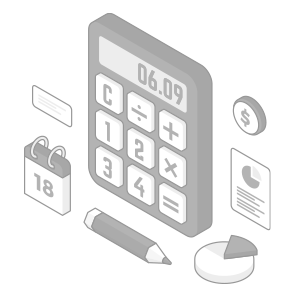
Real-World Application Gallery
Automotive suppliers use KEYENCE line scan vision inspection systems to inspect steel door panels before paint application. The goal is to catch dents and waviness early, before they affect finish quality. In packaging, lines use the technology to inspect labels on curved bottles as they spin to maintain alignment, clarity, and legibility.
Battery manufacturers use line scan camera setups to review electrode coatings, flagging foil contamination or uneven layers. Food processors inspect dough sheets before baking to catch dimensional shifts or tearing. In electronics, narrow solder tracks are checked for uniformity and bridging defects, all without stopping the line.
Benefits for Your Line
A line scan sensor captures more surface detail than a frame-based setup, resulting in fewer false rejects and improved process feedback.
Speed isn’t sacrificed for resolution, and whether inspecting 360° surfaces or sheets running 100 meters per minute, the system keeps pace.
Encoder synchronization makes sure that even as conveyor speeds change, image data remains clean. This matters for maintaining traceability, especially in industries such as EV, pharma, and semiconductor, where every unit must undergo a full-surface inspection.
The platform is compact and integrates into lines with limited space. There’s also no need for an external PC. The same hardware that captures the image also analyzes it and triggers downstream actions.
Discover more about this product.
Click here to book your demo.

Explore Further
KEYENCE offers a whole ecosystem of vision systems tailored to demanding inspection environments.
Explore KEYENCE control options, lighting setups, and software tools that match your vision system inspection goals.
Related Applications
This technology is used wherever speed and surface fidelity intersect:
- Battery manufacturing: foil and tab inspection
- Flexible packaging: label and seam verification
- Food & beverage: high-speed label and seal inspection
- Metalworking: continuous defect detection on wide coils
- Logistics: in-line code verification on curved or rotated packages
The same system that handles a battery line can also inspect bottles or laminated films. It’s a flexible platform built for precision at speed.
Contact us to learn more about how our advanced technology can help take your business to the next level.
Contact Us
FAQs
Why Choose a Line Scan Camera Over a Standard Area Scan?
A line scan camera avoids motion blur and field-of-view limits. It’s better suited for continuous processes, such as continuous webs and cylindrical parts.
How does Encoder Synchronization Work?
An encoder provides real-time speed data. The system uses that to trigger each line capture, keeping images aligned with product movement.
What Lighting is Needed for Line Scan Applications?
Uniformity matters more than intensity. Systems like LumiTrax™ apply structured lighting that separates surface texture from gloss or reflection.
Can Line Scan Systems Inspect Cylindrical Objects 360° Without Distortion?
Yes. As the object rotates, the camera builds a flat image of the full surface, suitable for complete inspection in motion.
We’re here to provide you with more details.
Reach out today!

Related Downloads
Related Products
Applications
- 2D Measurement Inspection
- Optical Character Reading (OCR) and 1D/2D Code Verification
- Inline 3D Volume and Measurement Inspection
- Presence & Absence Inspection
- Flaw Detection
- 3D Vision-Guided Robotic Bin Picking
- High-Resolution Line Scan Cameras for High-Speed Imaging
- Automated Positioning and Alignment Systems Using Machine Vision
Industries
- Automotive
- Automation Equipment/Machine Building
- Electric Vehicles
- Medical Device Manufacturing
- Food/Beverage Packaging
- Semiconductor/Manufacturing Electronics
- Vision-Guided Robotics
- Solar
- Logistics
- Commodities
- Paper Manufacturing
- Machine Tools
- Electronic Device
- Printing
- Mining/Metals
- Fabric/Textile
- Tobacco
- Marine
- Aerospace

